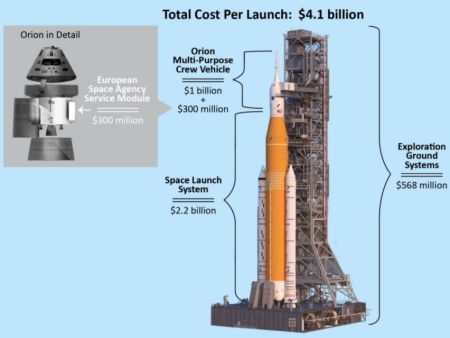UK bans all space-related exports to Russia
In response to Russia’s invasion of the Ukraine, the United Kingdom yesterday announced new sanctions, banning all space-related exports as well as increased sanctions on aviation.
For Russia, this component of these new space sanctions might be the most painful, should something go wrong on one of its launches:
The space export ban includes all related services, including insurance or reinsurance services, U.K. officials said. “This means cover is withdrawn on existing policies and UK insurers and reinsurers will be unable to pay claims in respect of existing policies in these sectors,” wrote in the statement.
This restriction also means that any satellite customers will not be able to claim damages. Thus, customers like South Korea, which still has two launches planned on Russia rockets, will lose everything if the launch fails. Because of this, it is almost certain that it will cancel these launches,
In response to Russia’s invasion of the Ukraine, the United Kingdom yesterday announced new sanctions, banning all space-related exports as well as increased sanctions on aviation.
For Russia, this component of these new space sanctions might be the most painful, should something go wrong on one of its launches:
The space export ban includes all related services, including insurance or reinsurance services, U.K. officials said. “This means cover is withdrawn on existing policies and UK insurers and reinsurers will be unable to pay claims in respect of existing policies in these sectors,” wrote in the statement.
This restriction also means that any satellite customers will not be able to claim damages. Thus, customers like South Korea, which still has two launches planned on Russia rockets, will lose everything if the launch fails. Because of this, it is almost certain that it will cancel these launches,







